Planting Technology Lists
-
What are the skills of the rich tree in pest control?
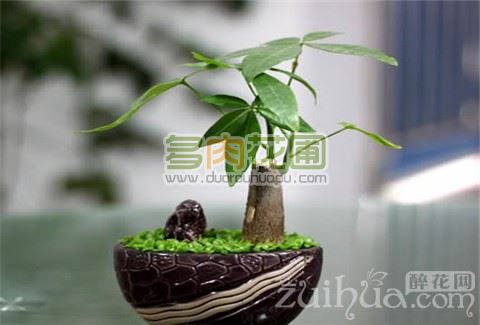
The common diseases of rich trees are root rot and leaf blight. The incidence of root rot mostly starts from the root or rhizome, spreads upward, the phloem soft rot becomes flooded, and the xylem changes color. It is generally because the environment is damp and easy to cause root rot. The key to prevention and control is to create suitable environmental conditions for it and keep it dry and clean. After the attack
2019-03-03 -
Diseases of rich trees: what are the common diseases of rich trees? What if the leaves of the rich tree turn yellow?

(1) main symptoms of root (stem) rot ①: this is a common disease that seriously damages rich trees, also known as rot. It is the most common disease of rich trees. When the disease is mild, the leaves turn yellow, and when heavy, the whole plant dies. The disease mainly occurs in the trunk of the wealth tree. At the initial stage of the disease, the disease showed watery brown spots.
2019-03-03 -
What about the rotten roots of Anthurium andraeanum?
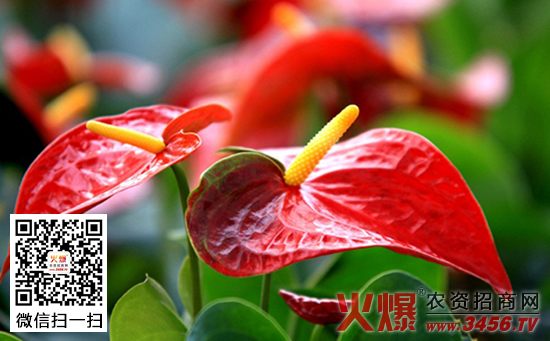
[symptoms] at the initial stage, a small number of roots were infected, yellowish to brown stripes appeared on the root surface, and the cortex gradually swollen and rotted. With the continuous reproduction of nematodes in the roots, the whole root system was infected, and the root system shrunk, turned brown, and finally rotted black. There are no obvious symptoms in the upper part of the plant with mild disease.
2019-03-03 -
Prevention and control of diseases and insect pests of Anthurium andraeanum flowers, how to remedy aphids and how to treat aphids when the leaves of Anthurium andraeanum turn yellow

Anthracnose and root rot are common diseases of Anthurium andraeanum. Anthracnose harms twigs and leaves, and the infected parts first appear watery spots, which are round or nearly round, showing dark brown. Subsequently, the lesion continues to expand, showing wheel lines, and the central part becomes light brown or grayish white.
2019-03-03 -
How to prevent anthracnose of Anthurium andraeanum?
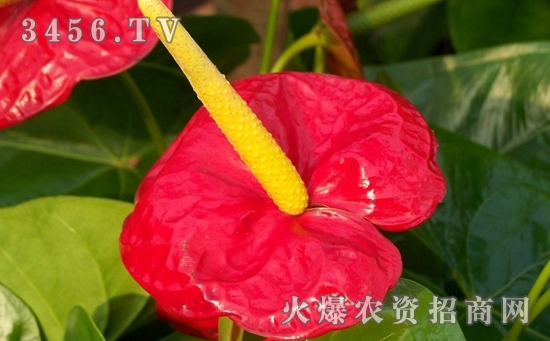
The disease is caused by a semi-known fungal fungus of Colletotrichum. The pathogen survived the winter in the diseased tissue or basin with mycelium and conidia, carried out primary infection and re-infection with conidia, and spread by Rain Water sputtering and small insect activity. Usually warm and humid weather and ecological environment can easily cause the disease.
2019-03-03 -
How to control Anthurium andraeanum leaf mildew?
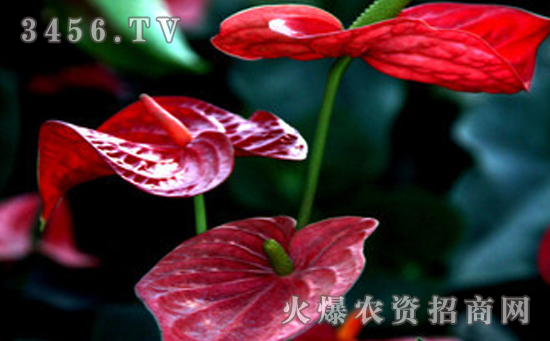
Anthurium andraeanum leaf mildew is caused by half-known fungi. The pathogen overwintered with hyphae or conidia in the diseased part or on the soil surface with the disease residue. It was weak parasitic bacteria, mostly secondary parasitic bacteria or saprophytic bacteria, which often appeared on the senescent leaves, and the plant expanded rapidly in the later stage of plant growth. In production
2019-03-03 -
What is the reason why Anthurium does not blossom?

Anthurium andraeanum generally refers to large and small leaf candles. The main reason for not blooming for 3 years is that there is no maintenance and management according to its ecological habits. It is native to the rainforests of Colombia and likes the conditions of warmth, high humidity and scattered light. The optimum temperature for growth and flowering is 22-30 ℃, and the temperature is best kept relatively constant.
2019-03-03 -
How to avoid physiological diseases when planting andrographis andraeanum indoors?

Usually wild Anthurium andraeanum is attached to trees or rocks or the ground. Its roots absorb not only nutrients from bark stones, but also moisture from moist air, so Anthurium andraeanum likes warm, humid and well-drained environment. Potted Anthurium andraeanum should choose the substrate with good drainage.
2019-03-03 -
How does Anthurium andraeanum leaves become brown and necrotic?
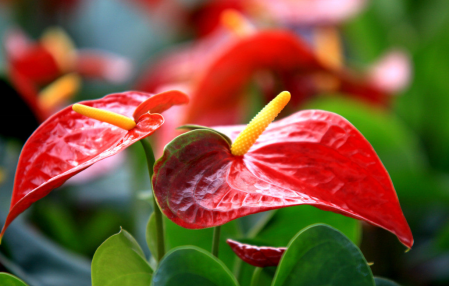
Two possible causes of browning and necrosis of Anthurium andraeanum seedlings can not be ruled out: one is bacteria | Leaf spot, which appears waterlogged irregular brown to dark brown spots between leaf veins at the initial stage of infection, surrounded by yellow halo circles, and in severe cases, the disease spots merge into large spots, wilting and curling hanging on the short stem. Examination of dead and decaying tissue
2019-03-03 -
Culture methods and matters needing attention of daffodils
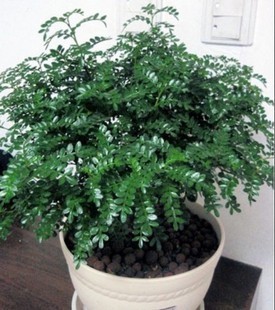
Daffodils, also known as Bingxian, garlic, scallions, Lilan, jade linglong, snow flowers and so on. The ancients were also named after legends, such as actresses, Xiangnu, Lingboxianzi and so on. Daffodil is a perennial bulb flower of the genus Narcissus of Amaryllidaceae. The underground bulb is oval and shaped like garlic.
2019-03-03
